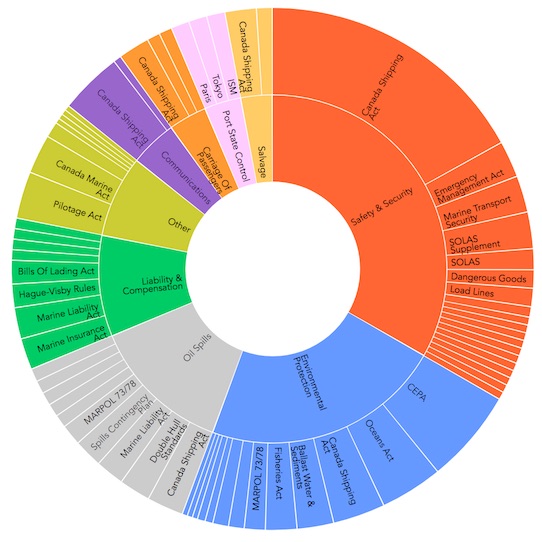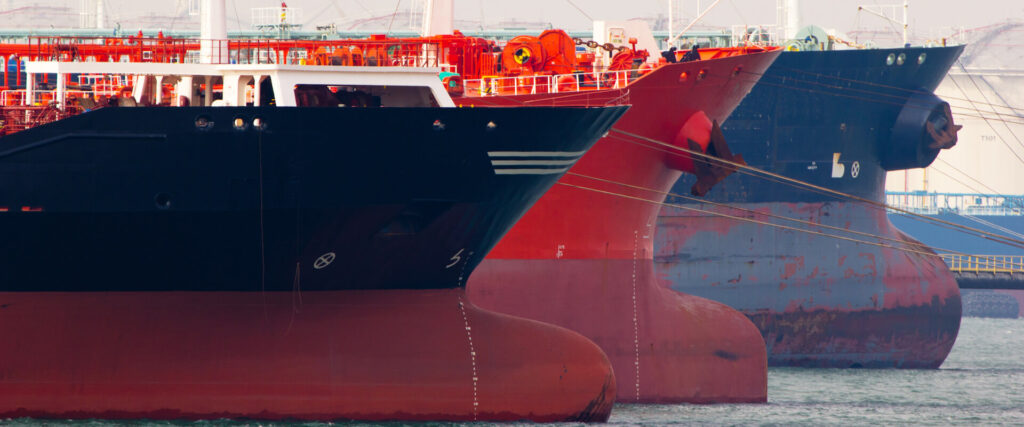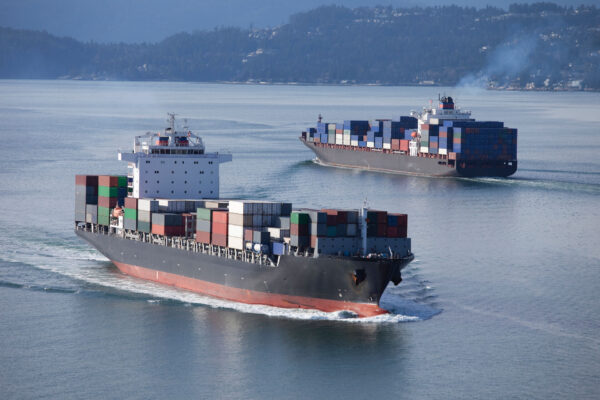Commercial marine shipping is inherently an international activity. As such, the industry requires regulation at the international level. International maritime regulations, also known as conventions, are developed by the International Maritime Organization (IMO).
What is the International Maritime Organization (IMO)?
The IMO is a specialized agency of the United Nations responsible for measures to improve the safety and security of international shipping and to prevent pollution from ships. The IMO is currently focused on trying to ensure that adopted conventions are properly implemented by signatory countries, including Canada. These signatory countries are then responsible for implementing and enforcing international conventions as their own national law.
The leading conventions developed by IMO are:
- SOLAS (International Convention for the Safety of Life at Sea), 1974: Concerns the safety of merchant ships. SOLAS regulations specify minimum standards for the construction, equipment and operation of ships.
- International Convention on Load Lines, 1966: Limits the draught to which a ship may be loaded, taking into account the potential hazards present in different zones and different seasons for the crew’s safety.
- Convention on the International Regulations for Preventing Collisions at Sea (COLREGS), 1972: States the rules for navigating and preventing collisions at sea (vessel conduct, signals, etc.)
- International Convention on Standards of Training, Certification and Watchkeeping for Seafarers (STCW), 1978: Establishes basic requirements for training and certifying seafarers.
- International Convention for the Prevention of Pollution from Ships (MARPOL), 1973, 1978: Concerns prevention of pollution of the marine environment by ships. The latest regulation under the revised MARPOL Annex VI – called IMO 2020 – took effect on January 1, 2020 to limit the amount of sulphur permitted in commercial ship fuel to 0.5% for ships operating worldwide.
How does the IMO impact Canadian marine shipping regulations?
The IMO is currently composed of 172 Member States. These Member States then incorporate IMO conventions into their national legislation. In Canada, this responsibility is shared by Transport Canada, Environment and Climate Change Canada and Fisheries and Oceans Canada. To date, Canada has ratified or acceded to more than 39 IMO Conventions.
The leading regulations governing marine shipping in Canada are:
- Canada Shipping Act, (2001):
This legislation governs the technical components of marine transport, such as vessel operation, circulation and status, crews, safety and environmental aspects. - Marine Transportation Security Act, (1994):
This Act governs safety and security relating to ships, crews, cargo handling, vessel supply, vessel access, ports and terminals. - Navigable Waters Protection Act, (1985):
This statute ensures that no obstacle interferes with ship traffic. - Pilotage Act, (1985):
This Act defines the navigation sectors in which pilotage services are compulsory and the pilotage authorities that have jurisdiction there. - Arctic Waters Pollution Prevention Act, (1985):
This legislation concerns the prevention of pollution of arctic waters adjacent to the mainland and islands of the Canadian arctic. - Canada Marine Act, (1998):
This legislation governs port authorities, port operation and management of navigable waterway-related infrastructures, such as the St. Lawrence Seaway.
To learn more about international and Canadian legislation governing marine shipping visit: The Wheel of Maritime Law. The Wheel provides an overview of the national acts and international conventions, protocols and codes related to commercial marine shipping in Canada.
#clearfacts #marinesafety




